Rapid developments in the telecommunications and networking communities, centered around cloud-based infrastructures and the migration towards 5G architectures, are paving the way towards new service delivery opportunities. A number of novel and emerging multimedia service use cases are envisaged, including emerging immersive applications, such as virtual reality (VR), augmented reality (AR), gaming, and ultra-high-definition (UHD)/360-degree video streaming, which require unprecedented high access speeds, fast rendering, and in certain cases ultra-low latency. The potential of incorporating tactile (or haptic) feedback will further lead to more immersive and realistic interactions. Applications leveraging AR/VR technologies will likely go beyond early adopters such as gaming, to enhancing social experiences (e.g., conversing with family, friends, and colleagues), healthcare, education, or being used in professional and industrial use cases (e.g., remote monitoring and inspection of equipment). This will inherently lead to complex new user behavior models, reflecting new service usage patterns, and network traffic characteristics.
In the context of new and emerging networked applications, such as interconnected immersive AR/VR, assessing and modeling QoE remain open research challenges. Given the complexity of such services, the availability of new hardware appearing on the market, and new application domains, the research community is faced with the challenges of exploring new methodologies, models, and metrics to understand and/or measure the end user experience. Due to strict latency and bandwidth requirements, the underlying network and cloud system performance play a critical role in meeting end user QoE requirements. Furthermore, a high degree of interactivity implies the need to consider user behavior and interactions as factors contributing to QoE. As opposed to the quality assessment of unidirectional audiovisual applications, interactive applications impose challenges from a QoE modeling perspective in the sense that system behavior depends on user interactions, rather than pre-recorded and controlled settings. Finally, with multiple users interacting while using such applications, there is a need to also consider complex social aspects and interactions among users.
Addressing the aforementioned research challenges calls for a highly multidisciplinary approach. The Q-MERSIVE project team thus combines complementary expertise from engineering and networking, psychology, and interface/system design and usability, to achieve the following overall project goals:
- To propose novel QoE models for immersive 5G-enabled networked AR/VR applications and mobile multi-party conversational video communication services, that map underlying system, context, and user factors to QoE as perceived at the user level.
- To propose novel solutions for in-network monitoring of QoE and various Key Performance Indicators (KPIs), using as a basis the developed QoE models, along with other relevant state-of-the-art QoE models already existing in literature/standards. Solutions will rely on machine learning-based techniques, as well as analytical approaches as applicable.
|
Project details
|
|||||||||||||||


![]()


 Pristupačnost
Pristupačnost
